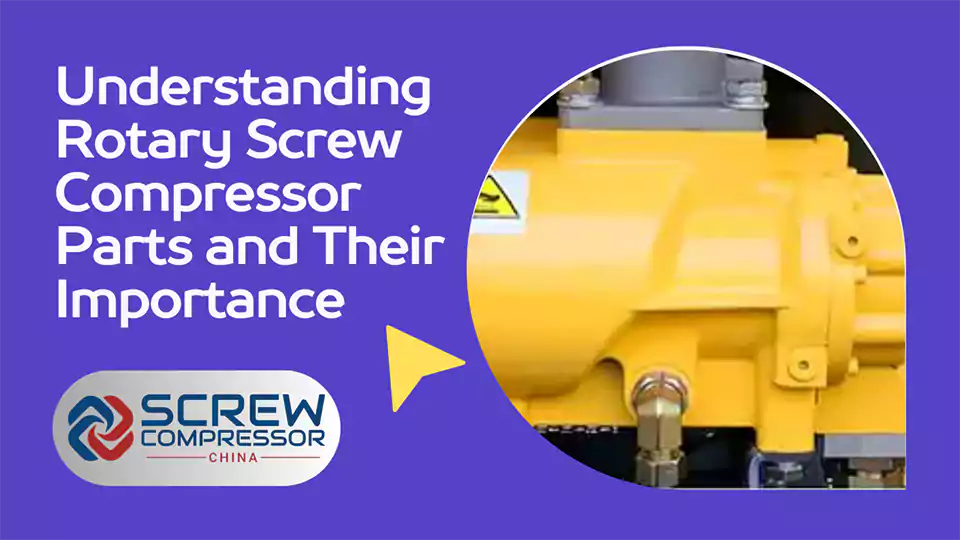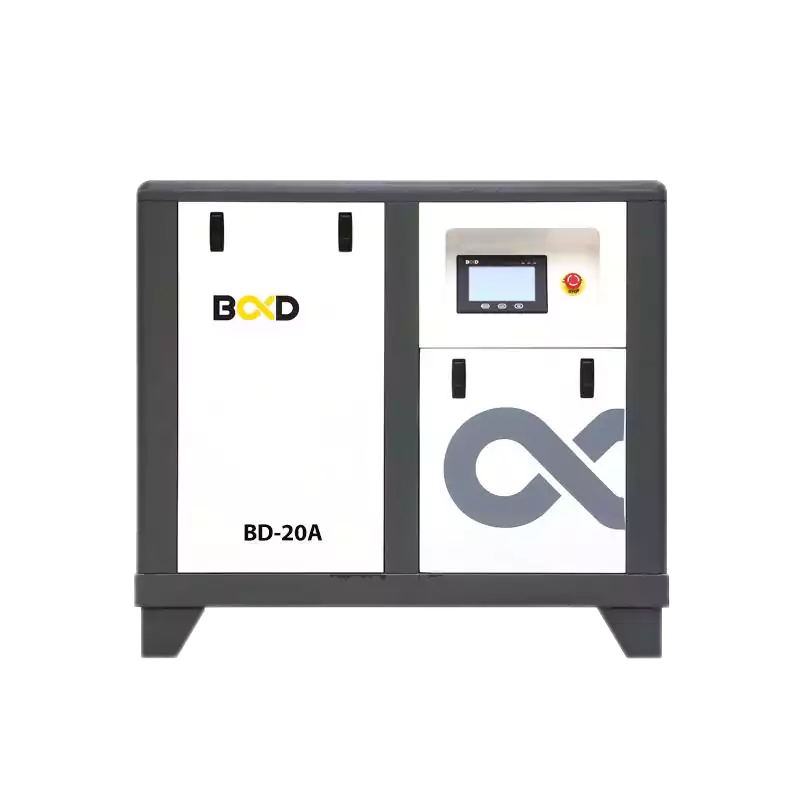
Rotary screw compressors are essential machines used across various industries to provide a reliable and efficient source of compressed air. Understanding the key components and their functions is crucial for ensuring optimal performance, longevity, and cost-effective maintenance of these compressors.
In this comprehensive guide, we will dive deep into the core parts of rotary screw compressors, explaining their roles and importance. We will also address frequently asked questions to help users better understand and maintain their rotary screw air compressor systems.
Introduction to Rotary Screw Compressors
Rotary screw compressors are positive displacement machines that use two meshing helical screws, known as rotors, to compress air continuously. As the rotors turn, air is drawn in, trapped between the rotor lobes, and progressively compressed as it moves along the rotor length.
This compression process is highly efficient and delivers a steady flow of compressed air. These compressors are widely used in manufacturing, automotive, food and beverage, pharmaceutical, and many other industries due to their reliability, energy efficiency, and ability to provide a constant supply of compressed air.
Core Components of Rotary Screw Compressors
Screw Element
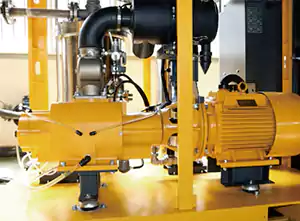
The screw element, also known as the air end, is the heart of the rotary screw compressor. It consists of two intermeshing rotors – a male rotor with convex lobes and a female rotor with concave flutes.
As the rotors turn, air is drawn in, trapped between the lobes and flutes, and compressed as it moves along the rotor length. The design and manufacturing of the screw element are critical factors in determining the compressor’s efficiency and reliability. Precision machining, advanced rotor profiles, and high-quality materials are essential for optimal performance.
Compression Chamber
The compression chamber is the space within the compressor where the actual compression of air takes place. It houses the screw element and is designed to withstand the high pressures generated during the compression process.
The compression chamber is typically made of durable materials, such as cast iron or aluminum alloys, to ensure long-lasting performance and resistance to wear and tear.
Inlet Suction Filter
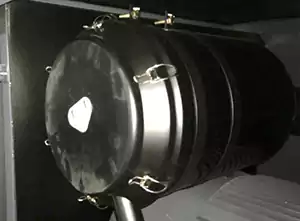
The inlet suction filter is a crucial component that ensures clean air enters the compressor. It removes contaminants like dust, dirt, and debris from the incoming air, protecting the internal parts of the compressor from damage.
Regular maintenance and replacement of the inlet suction filter are essential for maintaining the compressor’s efficiency and preventing premature wear of the screw element and other components.
Oil Filter and Bearings
In oil-injected rotary screw compressors, the oil filter plays a vital role in maintaining the quality of the lubricating oil. It removes contaminants and particulates from the oil, ensuring proper lubrication and protection of the screw element and bearings.
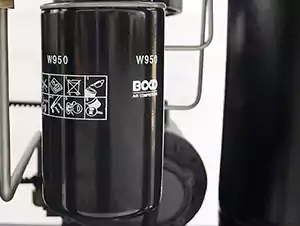
Anti-friction roller and ball bearings support the rotors, ensuring smooth and balanced rotation. These bearings are designed to withstand the radial and axial loads generated during the compression process.
Valves and Motor
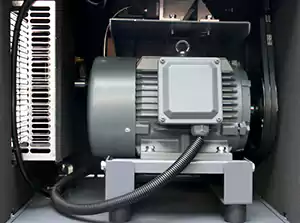
The suction valve, also known as the inlet valve or load/unload valve, regulates the flow of air into the compression chamber. It opens when the system pressure is low, allowing air to enter the compressor, and closes when the pressure reaches the desired level.
The discharge valve, located at the outlet of the compression chamber, opens when the compressed air reaches the required pressure, allowing it to flow into the air receiver or downstream equipment.
The compressor motor powers the entire system, driving the rotation of the screw element. It is controlled by the compressor’s microprocessor controller, which monitors and regulates the compressor’s operation based on system demands.
Maintenance and Spare Parts
Regular maintenance and timely replacement of critical spare parts are essential for ensuring the optimal performance and longevity of rotary screw compressors. Key maintenance tasks include:
- Replacing air filters and oil filters at recommended intervals
- Monitoring and maintaining proper oil levels and quality
- Inspecting and replacing worn or damaged components, such as bearings, seals, and valves
- Cleaning the coolers and heat exchangers to maintain efficient heat dissipation
Using genuine OEM or manufacturer-recommended rotary screw compressor parts is crucial for maintaining the compressor’s reliability and efficiency. While generic parts may fit, they may not offer the same level of performance and durability as original components.
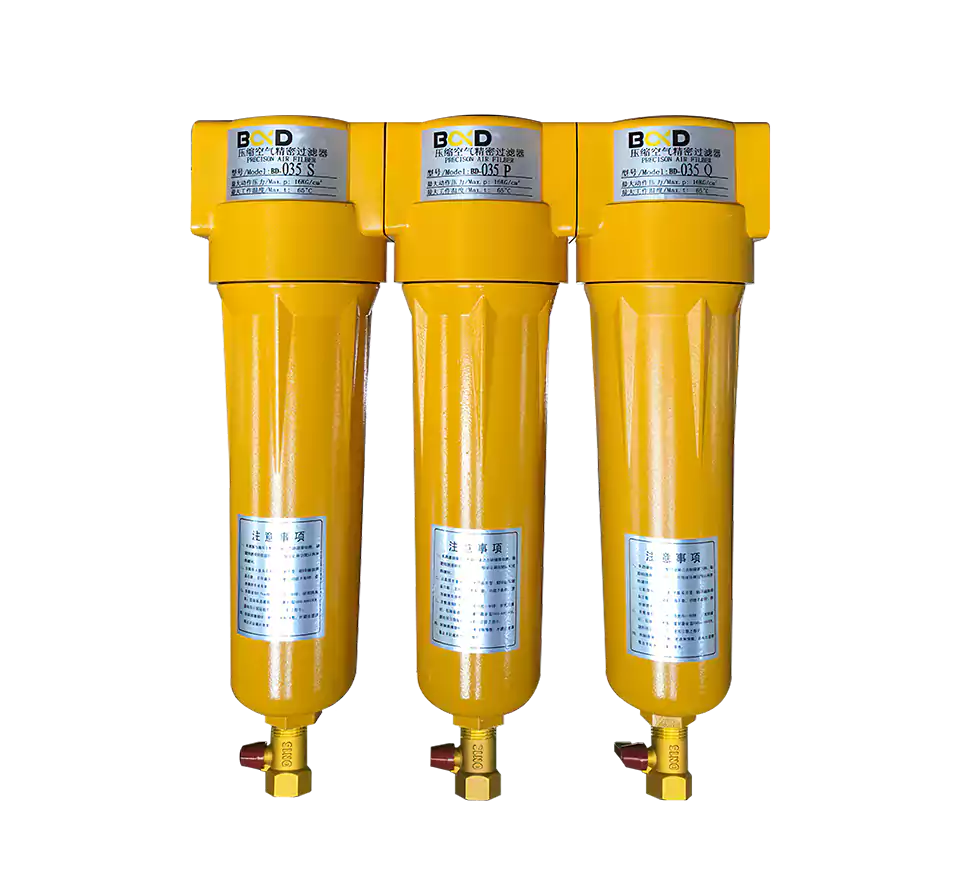
Frequently Asked Questions
What are the main parts of a rotary screw compressor?
The main parts of a rotary screw compressor include the screw element (male and female rotors), compression chamber, inlet suction filter, oil filter, bearings, suction valve, discharge valve, and compressor motor.
How often should rotary screw compressor parts be replaced?
The replacement intervals for rotary screw compressor parts depend on factors such as usage, operating environment, and manufacturer recommendations. Generally, air filters and oil filters should be replaced every 2,000 to 4,000 hours, while bearings and seals may last up to 50,000 hours or more with proper maintenance.
Can I use generic parts for my rotary screw compressor?
While generic parts may fit your rotary screw compressor, it is recommended to use OEM or manufacturer-recommended spare parts to ensure optimal performance, reliability, and efficiency. Using generic parts may lead to reduced performance, increased wear, and potentially void the compressor’s warranty.
Conclusion
Understanding the various parts of a rotary screw compressor and their functions is essential for ensuring optimal performance, reliability, and longevity. Regular maintenance, timely replacement of spare parts, and adherence to manufacturer guidelines are key to keeping your compressor running efficiently and avoiding costly downtime.
By familiarizing yourself with the core components and their roles, you can make informed decisions about the operation and maintenance of your variable speed screw air compressor, ultimately leading to improved productivity and cost savings for your business.
